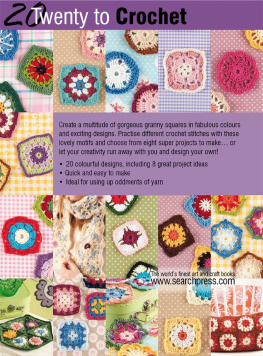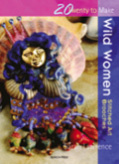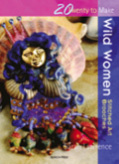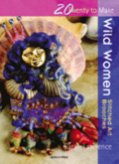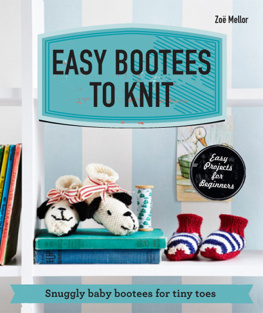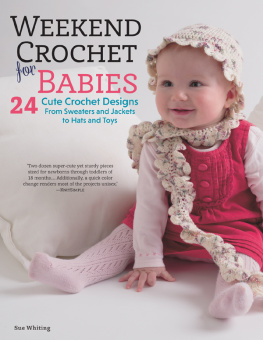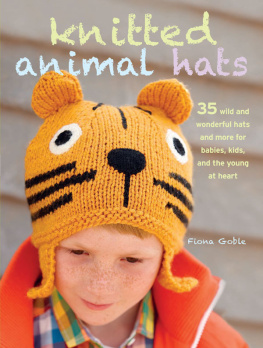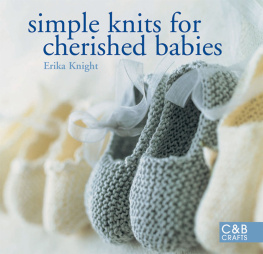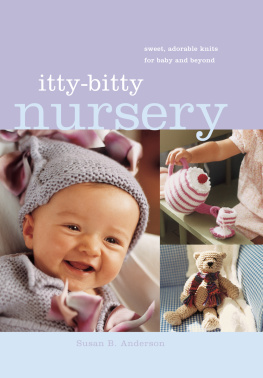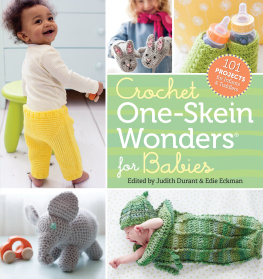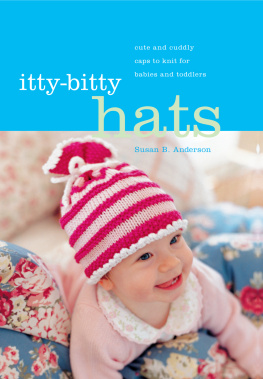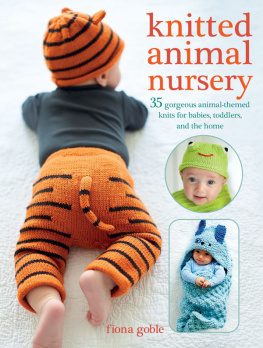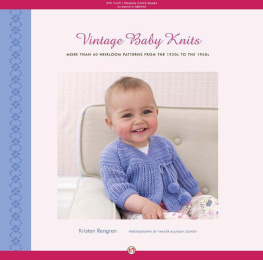Contents
Guide
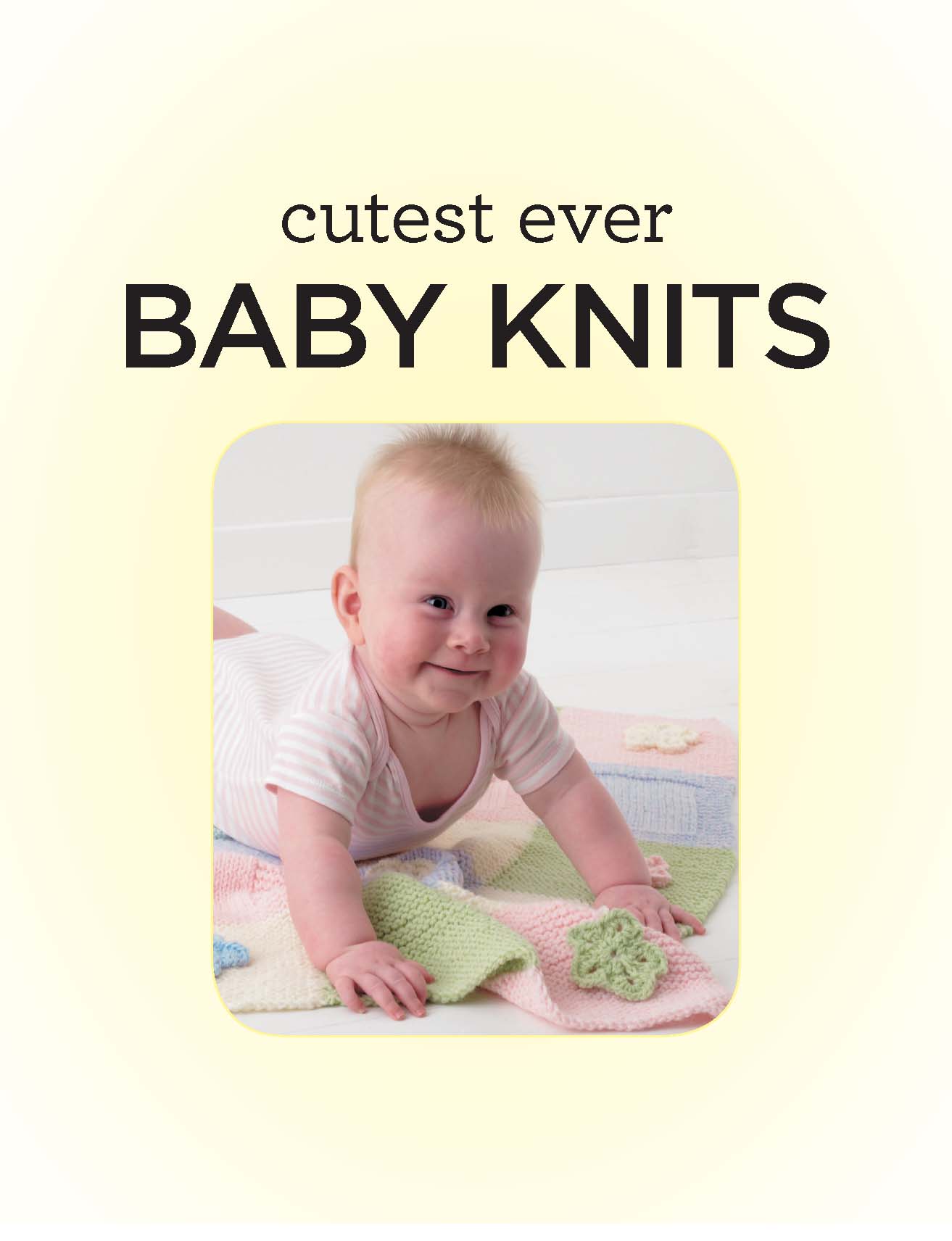


Published 2015IMM Lifestyle Books
www.IMMLifestyleBooks.com
IMM Lifestyle Books are distributed in the UK by Grantham Book Service, Trent Road, Grantham, Lincolnshire, NG31 7XQ.
In North America, IMM Lifestyle Books are distributed by Fox Chapel Publishing, 1970 Broad Street, East Petersburg, PA 17520, www.FoxChapelPublishing.com.
Text copyright 2011, 2015 Val Pierce
Copyright 2011, 2015 IMM Lifestyle Books
Val Pierce has asserted her moral right to be identified as the author of this work.
All rights reserved. No part of this publication may be reproduced, stored in a retrieval system, or transmitted in any form or by any means, electronic, mechanical, photocopying, recording or otherwise, without the prior written permission of the publishers and copyright holders.
eISBN 978 1 6076 5308 0
10 9 8 7 6 5 4 3 2
Printed in Singapore

Contents
Introduction
The art of knitting was once deemed boring and old fashioned, but over the past few years this fascinating and relaxing hobby has seen a huge revival. Knitting clubs and groups have sprung up everywhere, and people from all walks of life have begun to learn or re-learn this wonderful craft. Enticed by the fabulous range of yarns and accompanying design leaflets that are available these days, the would-be knitter has quite a dilemma when it comes to deciding what to make and which yarns to choose!
It is all too easy to go into a store and buy a ready-made garment but you will be missing out on the sheer pleasure of browsing the sumptuous yarns available, choosing just the right colour and design for you or the person you are making it for. You will also miss out on the sheer satisfaction of spending some me time creating your own special work of art!
With this in mind I have designed a gorgeous range of baby knits to tempt even the novice knitter to create something wonderful for the special little one in your life. Designs range from traditional to contemporary and include sweet tops, cardigans and hats, to a rough-and-tumble Teddie hoodie, a warm shawl collar cardigan, doggy slippers and a cute bumble bee hat and mittens. There is also a snuggly blanket made in delicate spring shades, a useful toy or laundry bag, colourful play blocks and of course no nursery would be complete without an endearing teddy bear to cuddle.
All patterns are rated as to difficulty and there is something for most skill levels, from the beginner right through to the more experienced knitter who enjoys a challenge. The yarns used are all beautifully soft, practical and hand washable and are widely available throughout the UK, Europe and the US. There is a brief hints, tips and techniques section to get you started, which also includes useful conversion charts of needle sizes, yarn conversions and common knitting abbreviations.
Whatever your skill level and experience in knitting you are sure to find some project within that will inspire you to get busy with your needles.
Happy knitting!


With a little help...
Hints, tips and techniques to get you startedincluding a quick run-down of basic stitches, working with colour and charts, and completing your project.
MATERIALS AND ACCESSORIES
Yarns
It can be quite daunting for a new knitter to decide which yarns to use for a project. The choice available these days is quite stunning and ranges from naturals to synthetics, alpaca, metallic, cashmere, silk, blends of wool and acrylic, to name but a few. They come in different thicknesses or weight: fine yarns such as 2- and 3-ply, for instance, are normally used for baby garments and shawls. Probably the most widely used yarns are 4-ply and double knitting weight, then we come to Aran and chunky weight yarns that knit up quickly and produce heavyweight garments. All the projects in this book have specified yarns but you can substitute these for different yarns as long as you check your tension before beginning the work and you keep to the same ply or weight recommended in the pattern. If you do decide to change yarns then it is possible that you will achieve a different look to your finished garment than that of the design.
Accessories
Before embarking on your first garment you need to acquire a few basic tools. There are many brands of knitting needles available these days, and the price range is varied. It is wise to invest in some good-quality needles since these will give you many years of service. A tape measure, stitch holders, row markers, cable needle, a good sharp pair of needlework scissors and a range of sewing up needles are recommended too. A knitting bag is also a very handy thing in which to store your work in progress; not only does it keep your work clean while you are knitting, you can store the patterns and yarns you are using all in one place ready to begin work.

Lets get knitting
The following pages outline the basic methods of casting on and off, knit and purl stitiches, increasing and decreasing, as well as working in colour and from charts.
CASTING ON AND OFF
There are several methods for casting on and casting off (in the US, binding off). Some knitting patterns will stipulate a particular method, depending on the effect required within the patternit is common to cast off in pattern, for instance. Make sure that your cast on and cast off stitches remain elastic by either working them reasonably loosely or using a larger size needle than stated if you think you work very tightly. Most patterns will tell you which side of the knitting to finish your work on but as a general rule most casting off is done with the right side of the work facing.
Casting ontwo-needle method
This method involves creating a row of loops cast on to a needle. The second needle is used to build a series of interjoining loops in a row. Hold the needle with the stitches in your left hand and the needle to make the stitches in your right hand. (If you are left-handed, do the reverse.) To start, make a slip knot about 10 cm (4 in) from the end of your yarn, slip it over the needle in your left hand. Then insert the right-hand needle through the front loop as if you were making a knit stitch (now follow steps 14).


